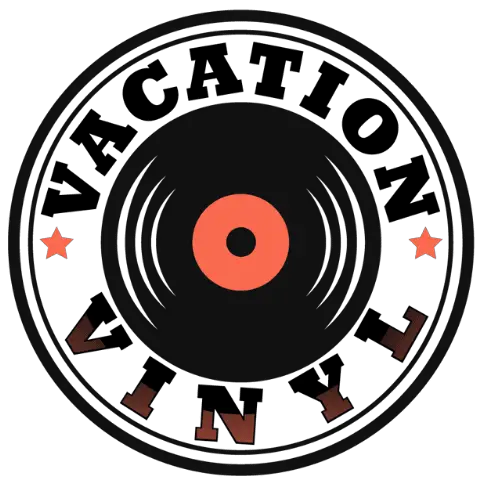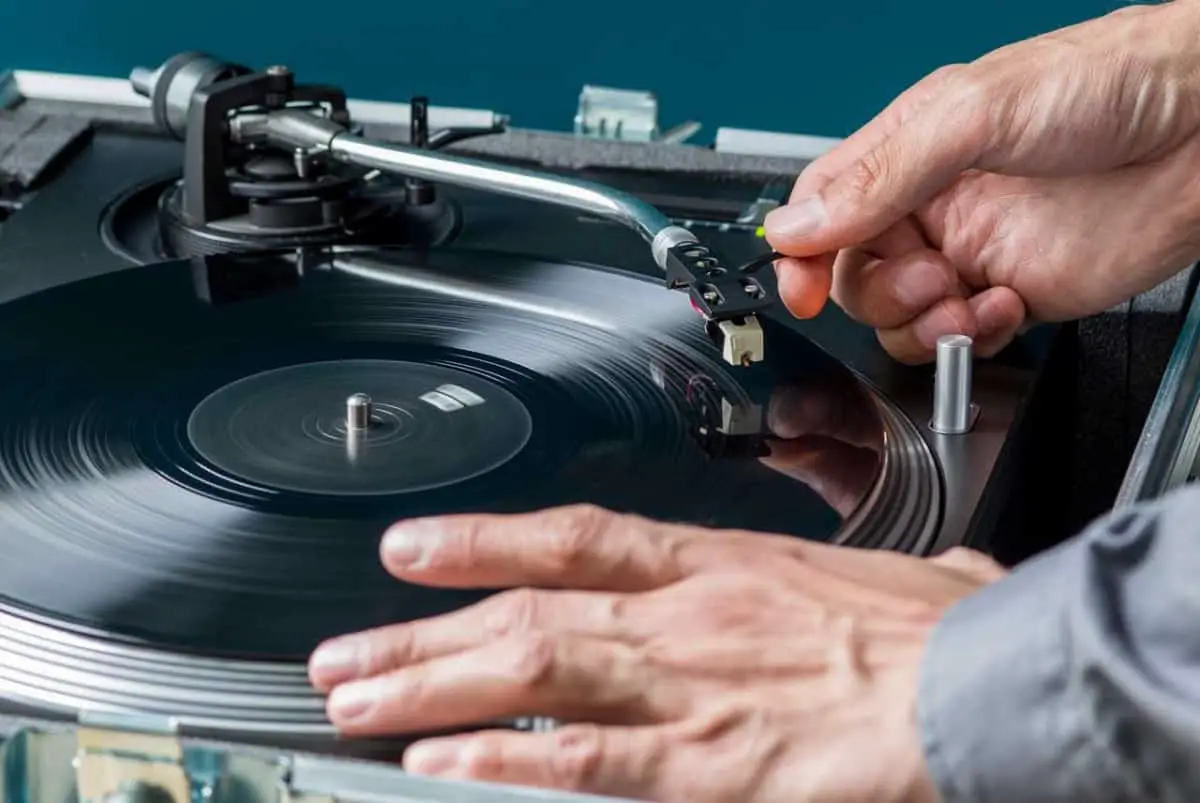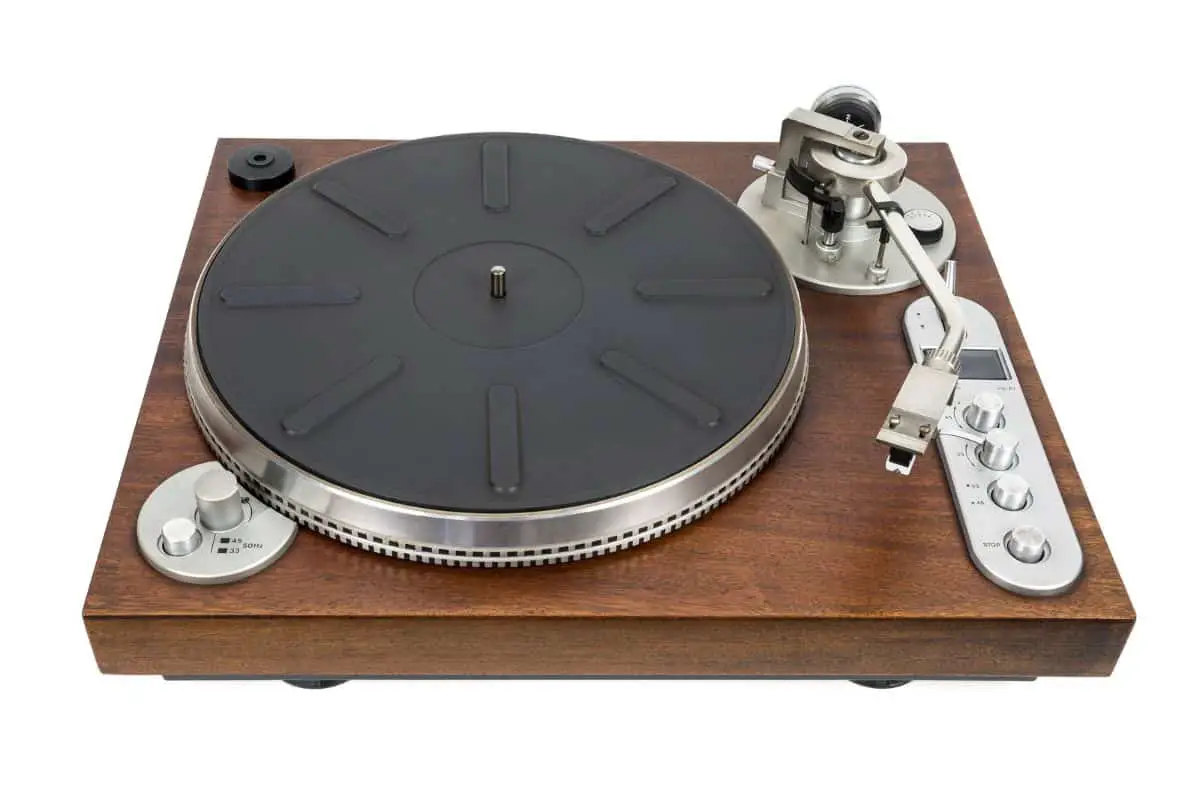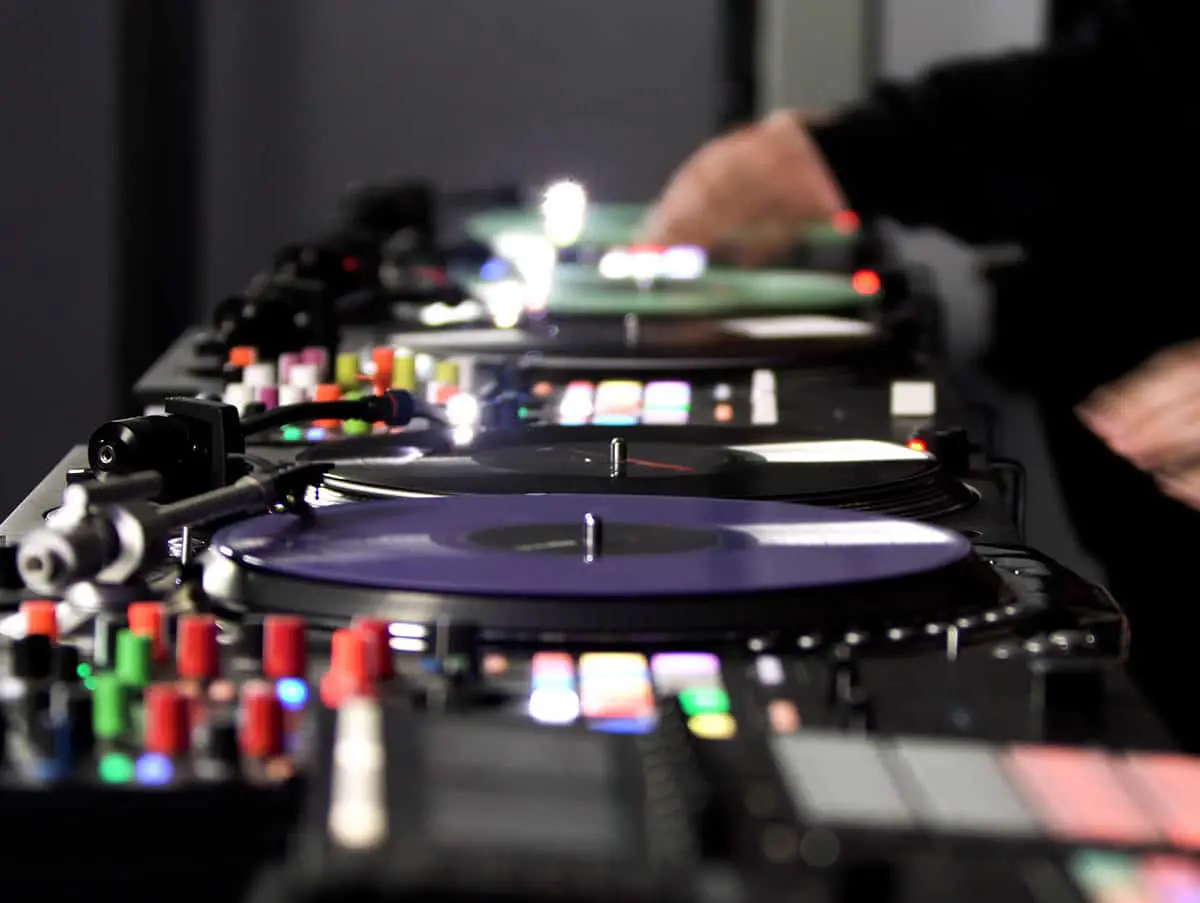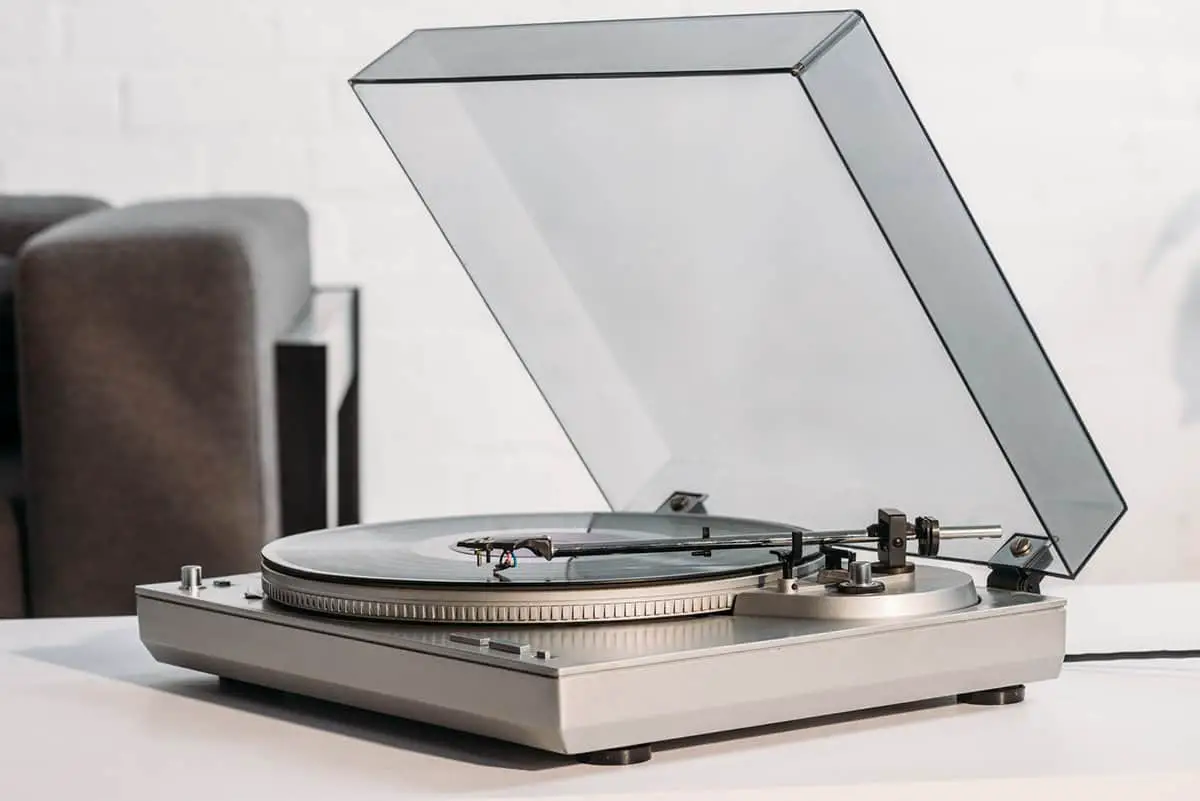This post contains affiliate links.
Most turntables have one tonearm. However, you might also notice that some turntables have two, three, or even *gasps* four tonearms! How is this exactly, and why do some turntables have two (or more) tonearms?
Tonearms are crucial to developing a specific tone whenever a vinyl record is played on a turntable. As such, some people may have two or more tonearms for the sake of convenience, sound quality, or both.
In the article, we will be taking a deep dive into why some turntables have two tonearms and try to answer if you need more tonearms than what you already have. Let’s get tuning!
Table of Contents
What Is a Tonearm? Why Is It So Important?
Before discussing how some turntables have two or more tonearms, let us first discuss what a tonearm is. After all, we can only talk about something we truly understand. If you already know what a tonearm is, you can skip directly to the appropriate sections.
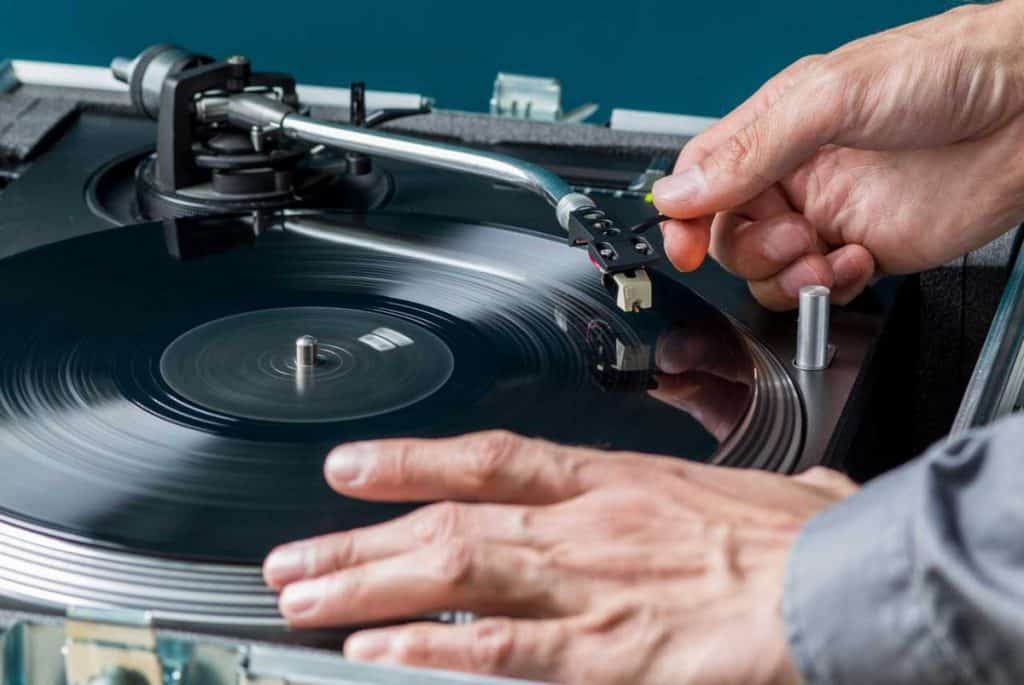
A tonearm is functionally a supporting part of a turntable that helps hold the cartridge in the correct position of a vinyl record. The tonearm is very important as it maintains the cartridge and the needle at the perfect height at the right angle. Without a properly functioning tonearm, it would be virtually impossible to use your record table. (1)
Many people, even some audiophiles, may not know this, but the tonearms play an integral part in creating a unique signature within a record player’s output. We will later discuss the undeniable changes observed within different tonearms when discussing the two tonearm situation within the higher-end turntable units.
Why Do Turntables Have Two Tonearms?
A turntable having two or more tonearms is not unusual, especially when surrounded by an avid audiophile community or especially if that person is an audiophile themselves. However, to the newbies to the audiophile community or the casual listeners out there, having a turntable with two, three, or even four tonearms is undoubtedly a spectacle! This section of the article will answer the question: “Why do turntables have two tonearms?”
The Sound. It All Boils Down to the Sound.
If you ask any audiophile what the most crucial aspect of a turntable, an instrument, or audio technology in general, most of the time is, they would answer “the sound quality.” With that in mind, it is no surprise to know that one of the primary reasons some turntables have multiple tonearms is due to an audiophile’s particular attitude to sound quality. So why is this actually, and how does a tonearm have such a drastic effect on the sound quality?
First, let us understand that there are many types and genres of music. While some musical pieces may have many trebles, vocals, and an unspeakable amount of stringed instruments, some musical genres, especially the pop, EDM, and dance genres, rely on synthetic sounds and heavy booming bases. Moreover, while most modern songs include vocals, some music tracks and pieces, especially classical and instrumental music, do not contain any vocals.
What does this imply? It means that it would be tough to make a “one for all” outstanding audio equipment that would produce music at all those varying genres and still provide the best output possible. Notice how speaker systems have tweeters, woofers, and subwoofers for different sound frequencies, which are required to produce the best audio quality possible.
This analogy can also be replicated within turntables and tonearms. Some tonearms and cartridges are more functional or create better-sounding audio with a specific range of music genres or frequencies. So instead of swapping the cartridges and the tonearms whenever using a track, by using multiple tonearms, this work of switching and turning is significantly reduced. (2)
Some tonearms and cartridges are also attributed to the decade or era when a music style came out. For example, while “tonearm A” performs better on ’90s disco-pop, “tonearm B” might work better in the ’20s and ’30s jazz eras. Fascinating, isn’t it?
The next time you find yourself asking why turntables have two tonearms, remember: “sound quality is key.”
A Choice of Convenience
While some audiophiles will willingly do the “multiple tonearm situation” for the sake of sound quality, some do it for the sake of convenience. As said earlier, some cartridges and tonearms perform better under different musical genres and musical styles. So instead of switching the cartridges every time you pull up a vinyl record, you would have to use the other tonearm. (3)
However, this is not the only use case though. Some tonearms, needles, and cartridges are very expensive. It would mean that it would be unwise to use them often or on old or possibly damaged vinyl.
In this type of scenario, having two tonearms– a cheaper, older one and a newer, more premium one, can help preserve the integrity of your new and superior needles, tonearms, and cartridges. It allows you to use the subpar tonearm on possibly damaging tracks while using the delicate tonearms and vinyl records on the newer setup.
Mono vs. Stereo Debate
For this topic, let us back up a bit and take a history lesson. First, you must realize that the “all too normal” stereo audio was not “so normal” back in the day. Stereo didn’t even exist for the vinyl records. The structures of the grooves on the vinyl records were much simpler and less complex than the stereo technology we take for granted today.
Indeed, stereo arguably does sound better. However, this is not for all situations. Despite stereo offering a more immersive experience, some songs and vinyl records sound better in mono audio format.
We must first understand that mono and stereo vinyl records have different structures. As such, when songs recorded in mono are made a much more “better” stereo version, it ends up being worse (like non-spatial audio native music is repurposed and reformatted for spatial audio formats).
In these situations, it would be better to have two tonearms, one specializing in stereo, the other specializing in mono. It is so that when mono native songs are played, they can utilize the specialized mono tonearm. (2)
However, this does not mean that stereo cartridges and tonearms do not play mono vinyl records. The catch is that since they are not made for mono, they will indeed sound worse. The mono and stereo debate is undoubtedly one reason why turntables have two tonearms (or more).
“Do I Need the Extra Tonearm?” and Other Frequently Asked Questions Answered
Do I Need The Extra Tonearm?
If you find yourself very particular with the sound quality, then the additional tonearm might be worth it. However, if you are very content with what sound output you have on your current setup, you might not need the extra tonearm. Save yourself some bucks, as when you start hearing better audio quality, you will never go back.
Why Do Different Tonearms Have Different Sound Signatures?
The reason why most tonearms have different sound signatures is less of the tonearm itself but because of the cartridge used. However, the tonearm does play a function, such as its length.
It has been said that longer tonearms are less susceptible to distortions within the inner grooves. However, shorter tonearms have a lesser mass which can be beneficial as well. (2)
How Many Tonearms Can A Turntable Hold?
It depends. However, we do recommend you do your research when expecting multiple tonearms. For example, some turntables do not allow multiple tonearms.
Another point of contention is that you must also consider the space available within your turntable. Moreover, the angles needed for proper tonearm positioning must also be taken into consideration.
Sources
- https://magazine.vinylmeplease.com/magazine/hows-whys-and-whats-tonearms/
- https://www.vinylchapters.com/turntables-two-tonearms/
- https://www.whatsbestforum.com/threads/multiple-tonearms.2007/
VacationVinyl.com is a participant in the Amazon Services LLC Associates Program, an affiliate advertising program designed to provide a means for sites to earn advertising fees by advertising and linking to Amazon.com. We also participate in other affiliate programs which compensate us for referring traffic.
